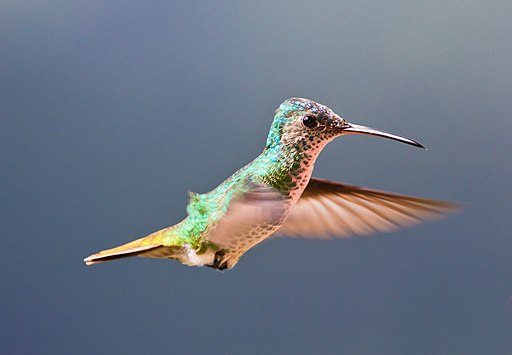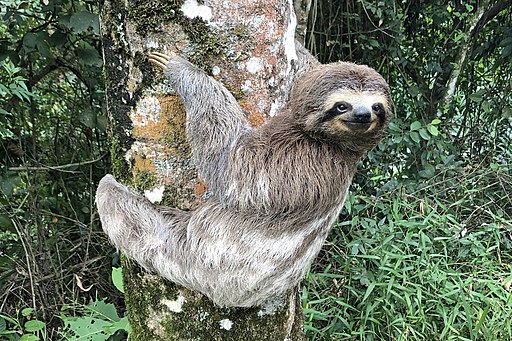Excellence & Organization
Effectiveness, Agility and Efficiency
by Jeremy Smith

The animal world offers fascinating examples of how animals use their environment efficiently, effectively and agilely to ensure their survival and continued existence. IT benchmarks analyse precisely these characteristics and compare them with the best.
Nature offers an endless source of inspiration and insight. Fascinating examples of the pistol crab's effectiveness, the hummingbird's agility, and the sloth's efficiency can be found.
Effectiveness
The crack crab with a tooth on its scissor finger is the loudest (up to 250 decibels [ambulances have about 120 decibels)]) and hottest (up to 4700° C) animal in the world. They use this weapon as a warning, in fights with conspecifics, when catching prey - small crabs, worms and fish can be stunned by the pressure - or for intraspecies communication. The crabs became known during the Second World War when they disturbed the military's sonar locators with their popping sounds.
Agility
Weighing up to 20 grams, hummingbirds are extremely agile, flying on the spot or backwards at 90 wing beats per second and travelling at speeds of over 100 km/h. Their heart beats up to 1,200 times per minute - this requires energy, about 250 calories per hour (as much as a 70 kg man or more than half their own body weight in nectar from about 2,000 flowers). During the 12-hour rest period, they go into a state of rigidity and reduce their bodily functions by 90 per cent, e.g. their body temperature drops from 40 degrees to 18 degrees.
Efficiency
Sloths lead a life in energy-saving mode: they sleep almost 16 hours a day and hardly move - it can take up to a month to digest a meal. They enter into an unusual symbiosis: algae and moths live in their dense fur, absorbed through the skin for camouflage and as a nutritional supplement or ingested through licking. The moths provide the algae with nutrients through their droppings and use the sloths' droppings to lay their eggs.



